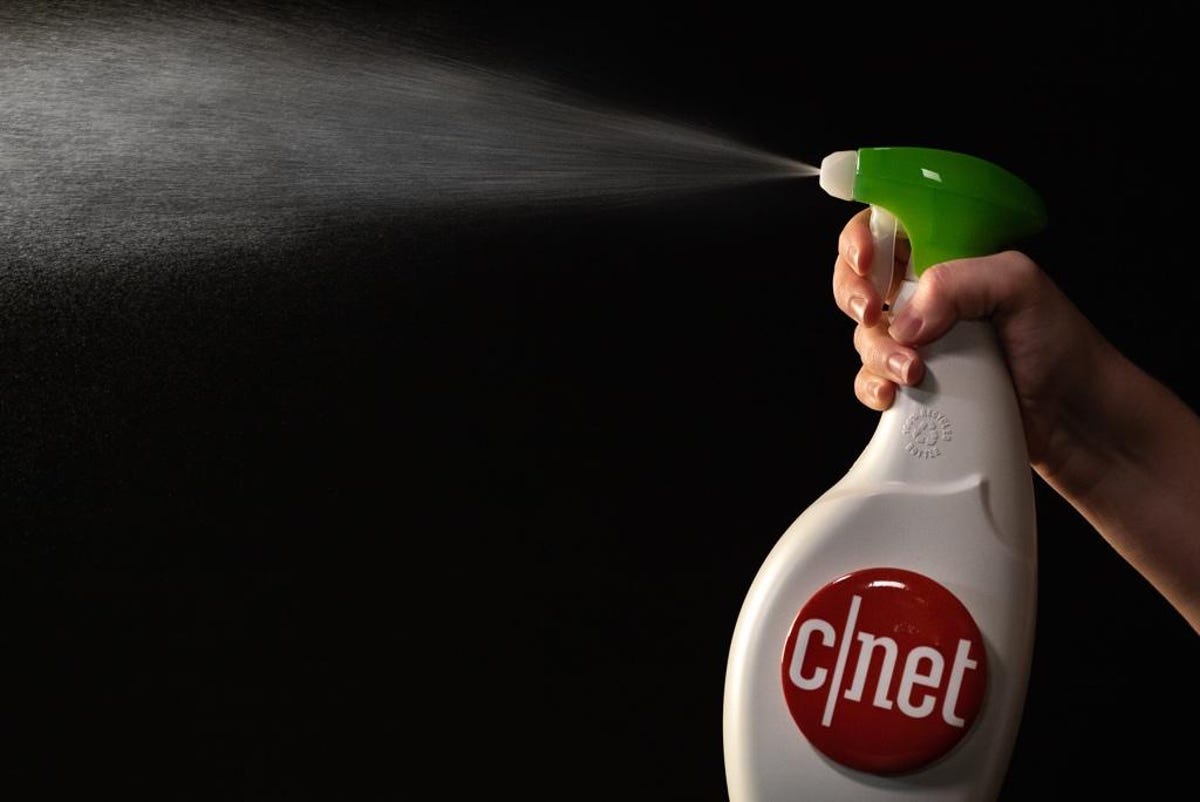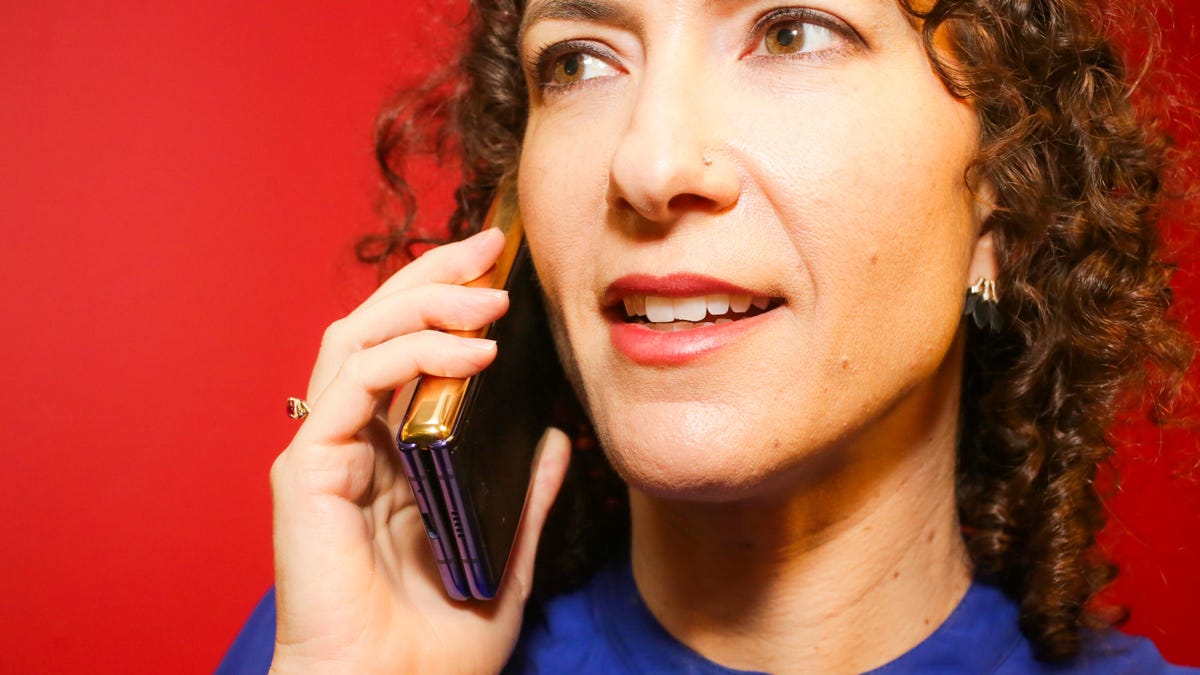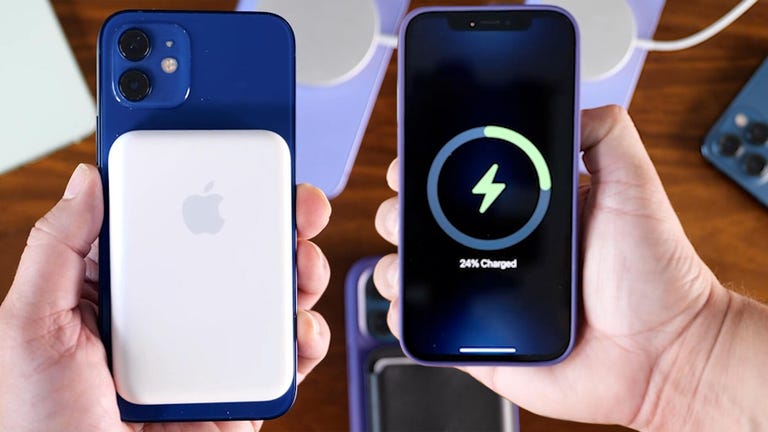
And, we'll let you know what products you should absolutely not use when cleaning your phone.
At this point, it's common knowledge that your phone harbors more bacteria than a toilet seat. Which creates a very compelling case for disinfecting one of the most used devices in your life. By keeping your phone clean, you can potentially protect yourself from illness.
According to the FCC, you should be cleaning your phone at least once a day by following your phone's manual for cleaning instructions. Cleaning your device the wrong way (like using rubbing alcohol and paper towels) can strip away protective coatings on your screen, and end up doing more harm than good. There are safer items that will do the trick.
We'll show you the most common and effective ways to keep your phone free of germs and harmful bacteria the right way, especially for phones rated for water resistance.
If you touch your phone after touching a public door handle or grocery cart, your first thought might be to clean it with rubbing alcohol. Don't. Straight alcohol can strip the oleophobic and hydrophobic coatings that keep oil and water from damaging your phone's display and other ports.
Some websites suggest creating a mix of alcohol and water yourself, but it's crucial to get the concentration right. Get it wrong and you could damage your phone. The safest bet is to use disinfectant wipes that contain 70% isopropyl alcohol to clean your phone screen.

Drop the window cleaner and counter spray, now.
Before the pandemic, we were instructed to not use disinfectant wipes on our phone screens, but Apple says it's OK to use Clorox Wipes and other disinfectant wipes with similar concentrations.AT&T's cleaning guidelines suggest that you "spray a nonabrasive or alcohol-based (70% isopropyl) disinfectant directly on a soft lint-free cloth and wipe down your device while it is powered down and unplugged." Samsung has also said you can create an alcohol-based solution of 70% ethanol or isopropyl alcohol, applied with a microfiber cloth.
Another option for day-to-day cleaning is investing in a UV light, such as PhoneSoap. This UV light company says its product kills 99.99% of germs and banishes bacteria.
Fingerprint smudges are hard to prevent because your skin constantly produces oils. That means that every time you pick up your phone, it's bound to get fingerprints all over it.
The safest and most effective way to clean your screen is with a microfiber cloth. If the screen is in desperate need of cleaning, use distilled water to dampen the microfiber cloth and then wipe down your screen -- avoid squirting the water directly on the screen. This method can be used on the back and sides of your phone, too.
You can also try a microfiber screen cleaner sticker, which you stick to the back of your phone and can pop off when you need to give it a wipe-down.
Lint and sand can get stuck in the small ports of your phone and in the crevices where the screen meets the body.
The best way to remove sand and lint is Scotch tape. You can lay it along the creases and speaker, and roll it up and gently place it in the ports. The tape's stickiness will pull out any lint or sand that may be stuck in your phone.
For the smaller speaker holes that tape can't reach, use a toothpick (gently) or try to vacuum the debris out with a small crevice tool. These tools can also be used for other small appliances or hard-to-reach areas in your car.

If you make a call while wearing makeup, guess what gets on your phone.
Sarah Tew/CNETWhen you have a full face of makeup and need to make a call, guess what that foundation is about to stick to? That's right, your phone screen. And while you may use makeup remover to take off your makeup every night, you shouldn't use it as a screen cleaner due to some chemicals that could be lurking in the ingredients. (Organics.org explains the chemicals that could be in your makeup remover.)
Instead, you could get your phone its own makeup remover, such as Whoosh. The company claims its product is safe for all screens and contains no alcohol, chlorine, ammonia or phosphates that could damage the various screen coatings.
You can also use a damp microfiber cloth to clean the phone -- and then throw that cloth in the wash. Make sure to use a spray bottle to spritz the cloth, rather than running it under water. The less water, the better.
If you have a water-resistant phone, rated for IP67 and above, you can rinse it with water. Although these phones, like the new iPhone 15 Pro, can withstand submersion for up to 30 minutes in up to 6 meters of water, it's a much better idea to use a damp or wet cloth to clean your phone. Then dry your phone with a dry, soft cloth to remove the water. Make sure to pat dry all speakers and ports.
Dunking the phone in water or running it under a faucet will get water into the ports, which means you won't be able to charge it until they're dry, and that can take time. Remember that having a water-resistant phone is more about peace of mind in case of accidents than it is about purposely taking your phone for a swim.
We're here to warn you, not shame you, but drop that bottle of Windex, stat. Here are a few products you should never use to clean your phone.
Since some hand sanitizers have ingredients like fragrances and ethyl alcohol, it's best to keep sanitizer off your phone's screen. However, if you've touched anything outside your home, you should sanitize your hands before touching your phone to prevent viruses and bacteria from spreading. For best results, use a manufacturer's hand sanitizer instead of making your own at home (they're not as effective).
You clean your mirrors and windows with window cleaner, and they're squeaky-clean, so window cleaner must be OK to use on your phone? Wrong! Some phones, such as the iPhone, have a protective coating that resists water and oil and that can wear out over time.
Using harsh cleaners can strip the coating and could leave your phone more vulnerable to scratches. James LeBeau, an associate professor of materials science and engineering at MIT, told us that any cleanser with an abrasive agent will likely scratch the surface, so those should be avoided entirely.

A screen's scratch-resistant properties won't get ground down by cleaning agents, but stripping that protective coating is still a problem. That's why Apple also suggests not using household cleaning products to clean your iPhone, including bleach. Bon Ami states not to use it on glass with coatings.
They may be the go-to for cleaning your desk, but keep them away from your phone. The paper can shred, making the debris on your phone much worse. Paper towels can even end up leaving scratches on your screen.
Since many newer phones have a protective coating, rubbing alcohol can wear it away more quickly over time, causing your phone to be more prone to scratches. Make sure to check for alcohol in the product ingredients on any "safe to use" phone screen cleaners. Apple says to avoid alcohol when cleaning its devices.
Some makeup removers may have chemicals that can be harsh on an electronic screen. LeBeau suggests avoiding makeup remover and instead, using a soft cloth with a little bit of water.
Your phone is delicate, so blowing an intense amount of air into its portals can cause damage, especially to your mic. Tech companies, like Apple, specifically warn not to use compressed air.
While your dish and hand soaps may be gentle, the only way to use them is to combine them with water. Most phone companies suggest keeping water away from your phone, so again, stick to a damp cloth.
This is a no-no. Vinegar will strip the screen's coating. You could, as Lifehacker suggests, use very diluted vinegar to cleanse other parts of your phone. Android Central suggests a 50/50 mix with distilled water for cleaning the sides and back.